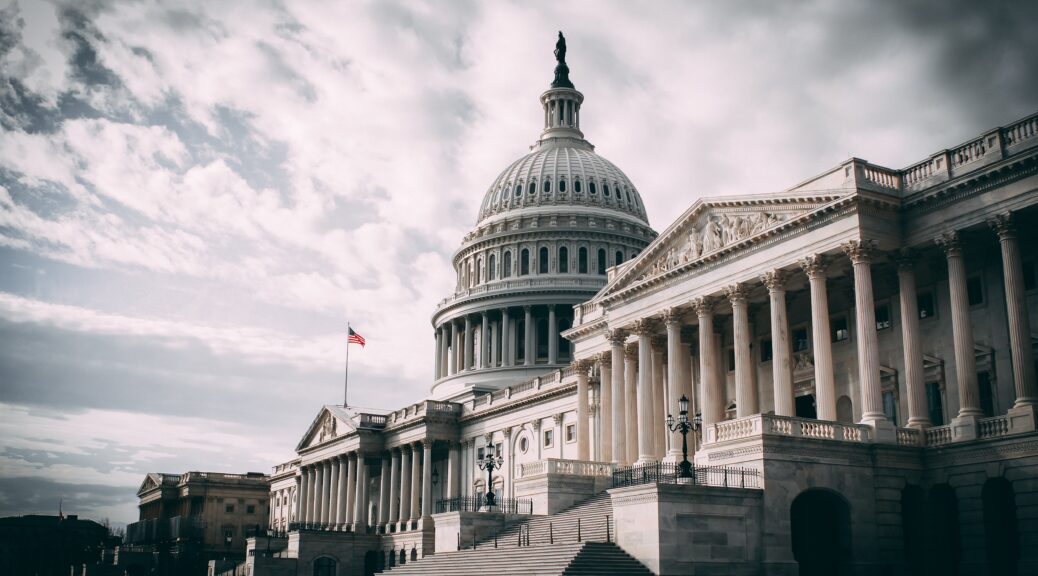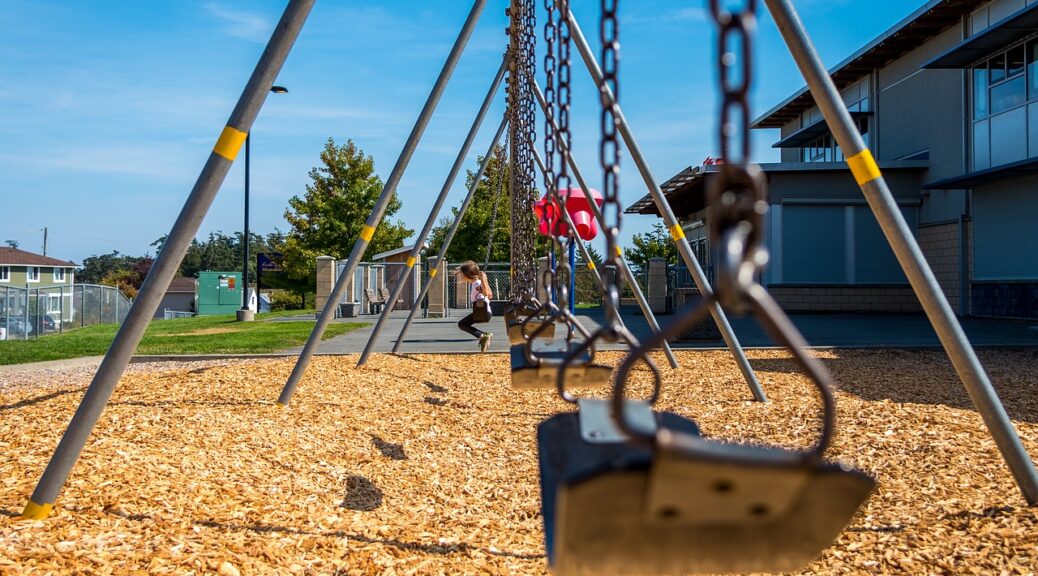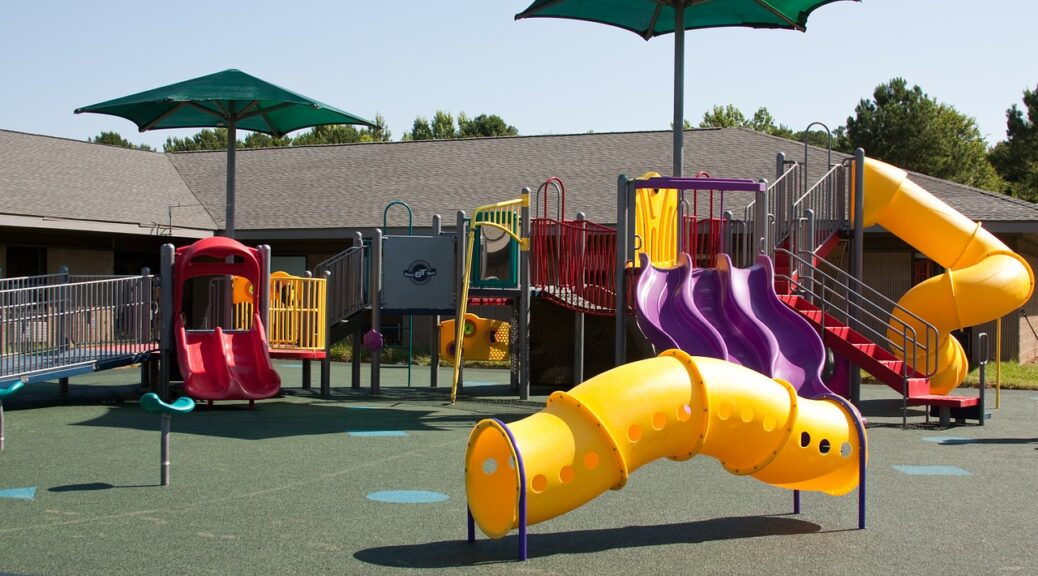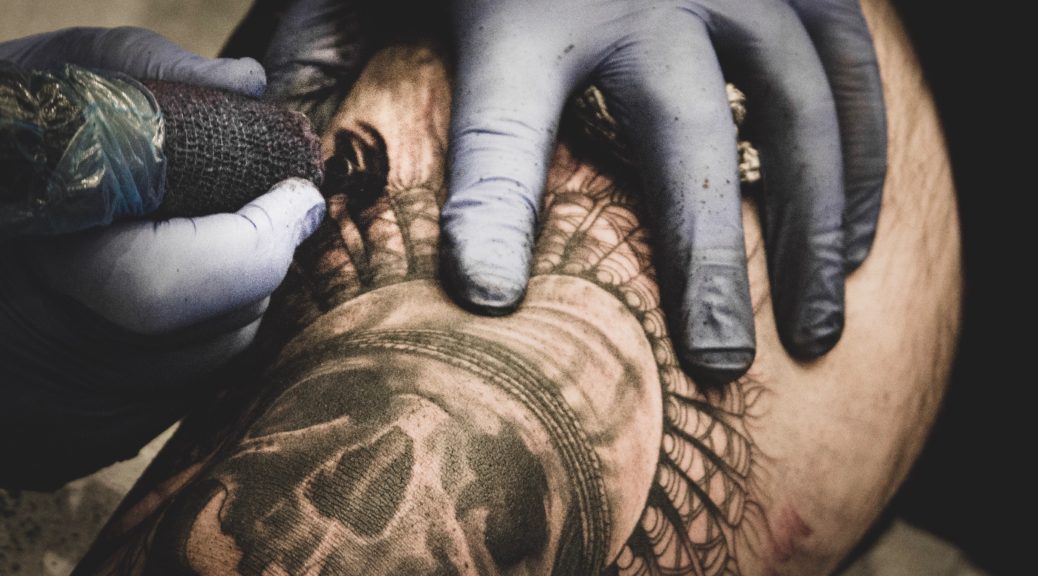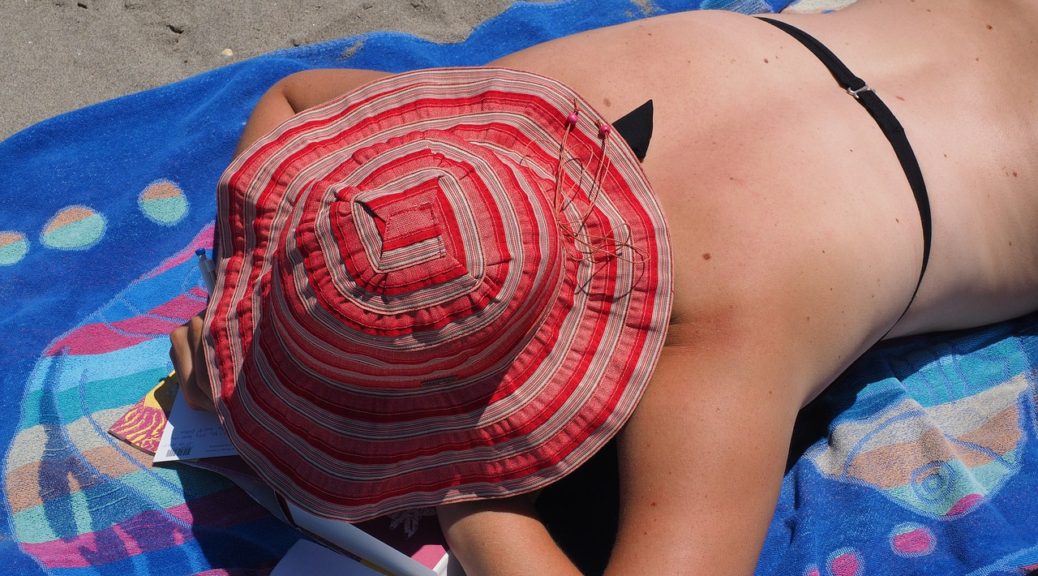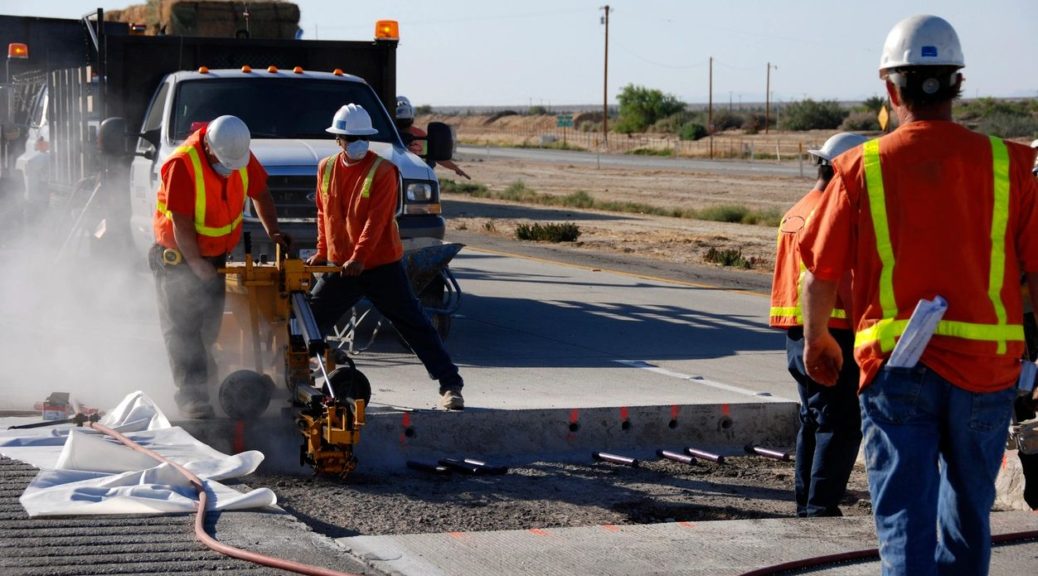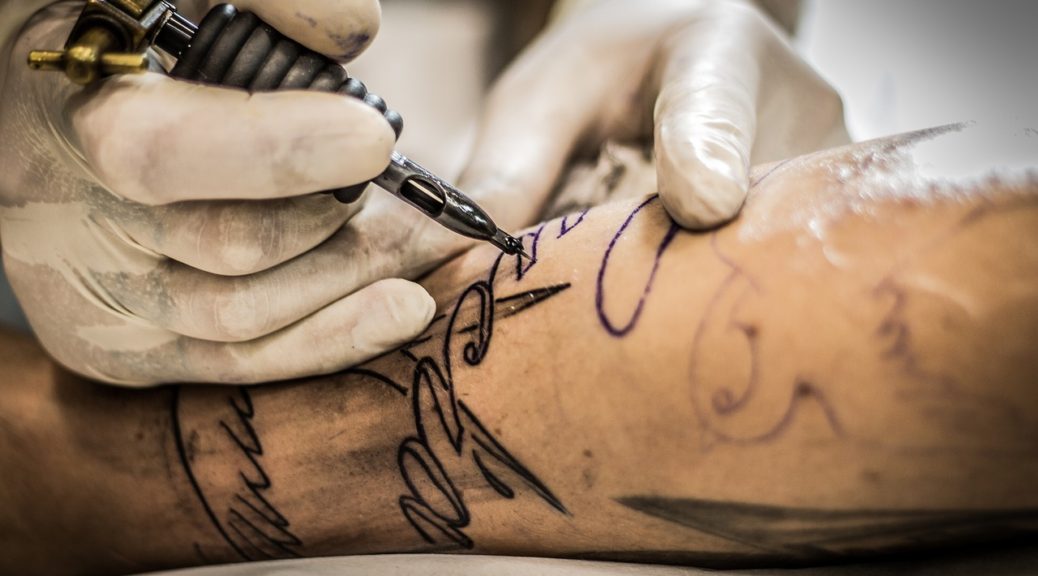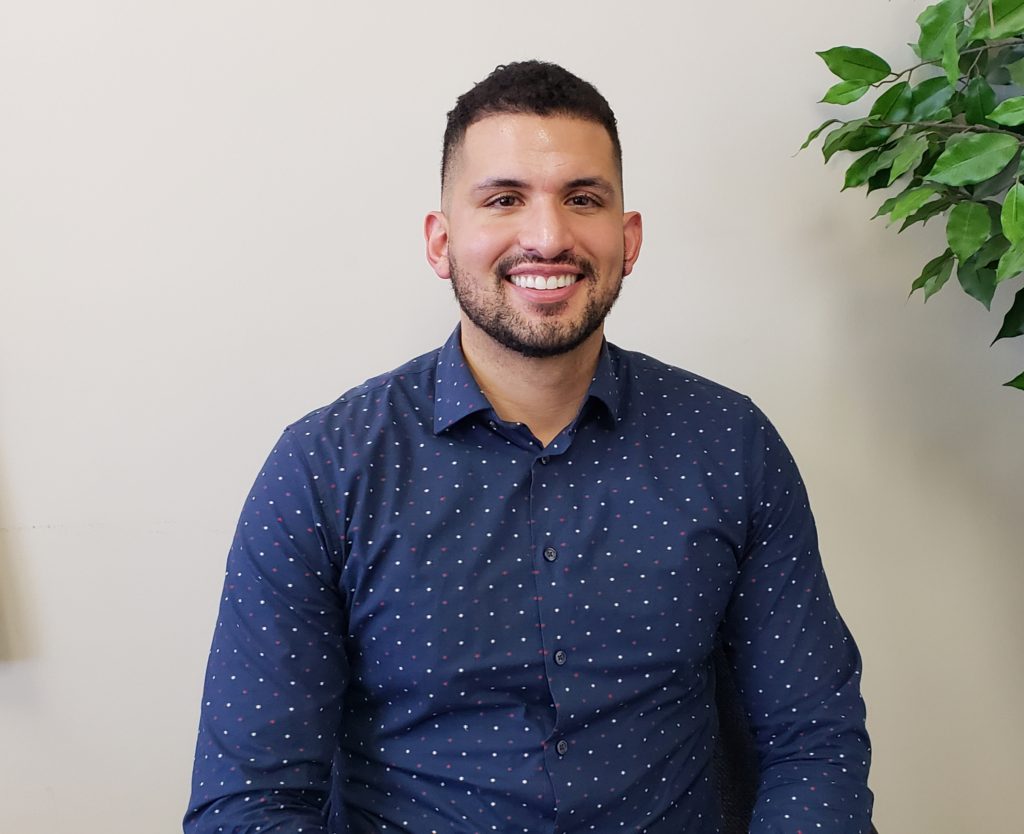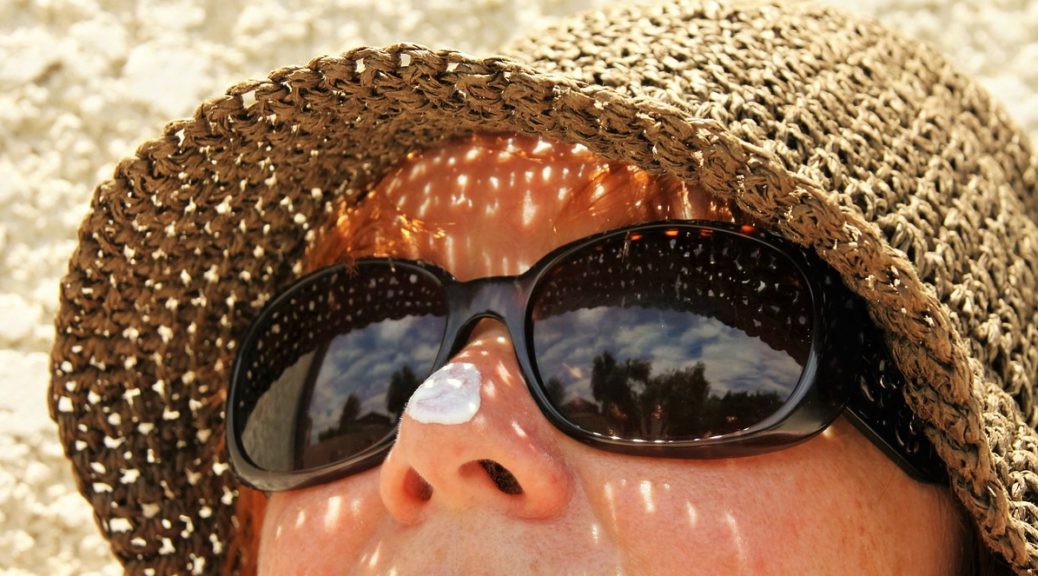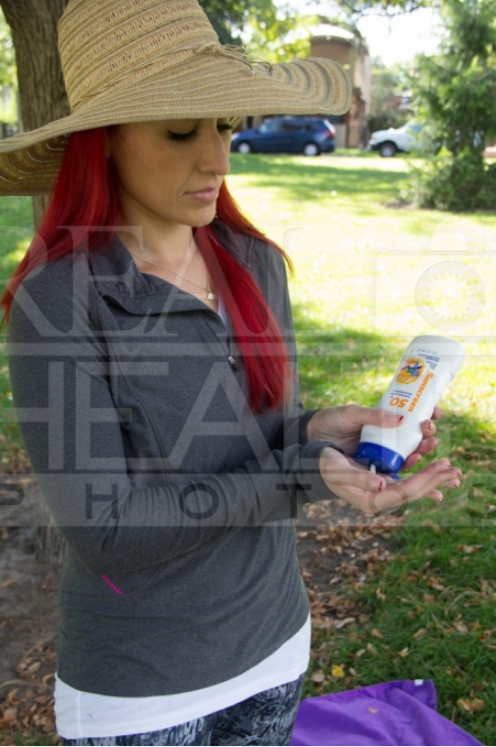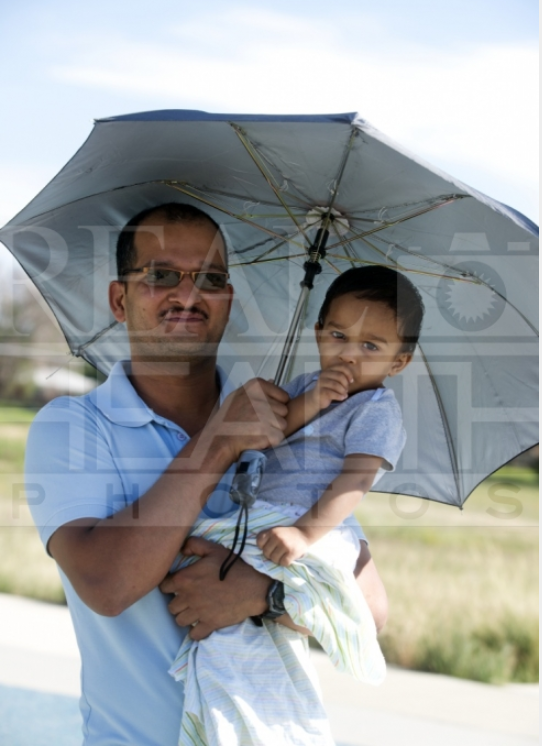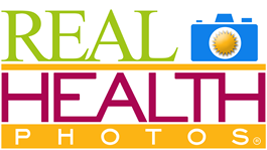Investigation of Indoor Tanning Policy Enactment
Klein Buendel is collaborating with Dr. Carolyn Heckman and her team from Rutgers University on a new research project to study the process of translating indoor tanning policy efforts into stringent legislation and compliance, and the effects of the legislation on reduced indoor tanning by minors in the United States.
Indoor tanning is a well-established cause of skin cancer (1-8,10). Most tanners begin indoor tanning as teens or young adults (22). In order to reduce indoor tanning and protect this at-risk population, indoor tanning is currently being regulated in two ways. First, some states restrict access by minors or require parental consent or accompaniment (11). Second, the Food and Drug Administration (FDA) attempts to minimize harm from indoor tanning devices with precautions like protective eyewear and session duration limits (12). Recent evidence suggests that more stringent indoor tanning laws such as age bans (vs. parent consent laws or no law) are associated with less youth indoor tanning (15,16). Unfortunately, enforcement and compliance with laws are variable and inadequate (9,17-21). Although underutilized (13), legislation such as age restrictions and taxation has been quite successful in decreasing engagement in other risky behaviors such as smoking (14).
The goals of this five-year research project are to (1) clarify the indoor tanning legislation adoption process, (2) employ a pseudo-patron assessment, national survey, and archival data to investigate legislation implementation, and (3) integrate data from the first two aims and external data to assess economic effects relevant to policy sustainability of indoor tanning stringency, enforcement, and compliance.
Health-related policy adoption and promotion is an effective, yet underutilized, strategy for health promotion. To protect the public from melanoma and non-melanoma skin cancer, government bodies have begun to enact legislation to restrict minor access to indoor tanning and minimize harm from indoor tanning devices. In order to contribute to the currently limited evidence base for future policy decision making and sustainability and to accelerate reductions in indoor tanning and sunburn, this project will address policy characteristics associated with regulation compliance, cost-benefits of these policies, and barriers and facilitators of policy adoption.
This research project is funded by the National Cancer Institute (CA244370; Dr. Carolyn Heckman, Rutgers University, and Dr. David Buller, Klein Buendel, Multiple Principal Investigators). Collaborators include Dr. Rich Meenan from the Kaiser Permanente Center for Health Research; Dr. Jared Stapleton from the University of Kentucky; Dr. Shawna Hudson, Dr. Cristine Delnevo, and Dr. Kevin Schroth from Rutgers University; and Julia Berteletti from Klein Buendel.
References
- Lergenmuller S, Ghiasvand R, Robsahm TE, et al. Association of Lifetime Indoor Tanning and Subsequent Risk of Cutaneous Squamous Cell Carcinoma. JAMA dermatology. 2019:1-9.
- O’Sullivan DE, Brenner DR, Villeneuve PJ, et al. Estimates of the current and future burden of melanoma attributable to ultraviolet radiation in Canada. Preventive medicine. 2019;122:81-90.
- Gandini S, Dore JF, Autier P, Greinert R, Boniol M. Epidemiological evidence of carcinogenicity of sunbed use and of efficacy of preventive measures. Journal of the European Academy of Dermatology and Venereology : JEADV. 2019;33 Suppl 2:57-62.
- Suppa M, Gandini S. Sunbeds and melanoma risk: time to close the debate. Current opinion in oncology. 2019;31(2):65-71.
- O’Sullivan DE, Brenner DR, Demers PA, Villeneuve PJ, Friedenreich CM, King WD. Indoor tanning and skin cancer in Canada: A meta-analysis and attributable burden estimation. Cancer epidemiology. 2019;59:1-7.
- Boniol M, Autier P, Boyle P, Gandini S. Cutaneous melanoma attributable to sunbed use: systematic review and meta-analysis. BMJ : British Medical Journal. 2012;345:e4757.
- Colantonio S, Bracken MB, Beecker J. The association of indoor tanning and melanoma in adults: Systematic review and meta-analysis. Journal of the American Academy of Dermatology. 2014;70(5):847-857.e818.
- El Ghissassi F, Baan R, Straif K, et al. A review of human carcinogens–part D: radiation. The Lancet Oncology. 2009;10(8):751-752.
- Reimann J, McWhirter JE, Papadopoulos A, Dewey C. A systematic review of compliance with indoor tanning legislation. BMC public health. 2018;18(1):1096.
- Burgard B, Schoepe J, Holzschuh I, et al. Solarium use and risk for malignant melanoma: meta-analysis and evidence-based medicine systematic review. Anticancer research. 2018;38(2):1187-1199.
- National Council of State Legislatures. Indoor Tanning Restrictions for Minors: A State by State Comparison. http://www.ncsl.org/research/health/indoor-tanning-restrictions.aspx. Published 2018. Updated 11/2/2018. Accessed.
- Food and Drug Administration. Sunlamp products and ultraviolet lamps intended for use in sunlamp products. In. Vol 8. Silver Spring, MD: Food and Drug Administration; 2018.
- Abrams DB, Graham AL, Levy DT, Mabry PL, Orleans CT. Boosting population quits through evidence-based cessation treatment and policy. American journal of preventive medicine. 2010;38(3 Suppl):S351-363. PMCID: PMC4515751.
- Brownson RC, Haire-Joshu D, Luke DA. SHAPING THE CONTEXT OF HEALTH: A Review of Environmental and Policy Approaches in the Prevention of Chronic Diseases. Annual Review of Public Health. 2006;27(1):341-370.
- Guy GP, Berkowitz Z, Jones SE, Holman DM, Garnett E, Watson M. Trends in indoor tanning among US high school students, 2009-2013. JAMA dermatology. 2015;151(4):448-450.
- Qin J, Holman DM, Jones SE, Berkowitz Z, Guy Jr GP. State Indoor Tanning Laws and Prevalence of Indoor Tanning Among US High School Students, 2009–2015. American journal of public health. 2018;108(7):951-956.
- Driscoll DW, Darcy J. Indoor Tanning Legislation: Shaping Policy and Nursing Practice. Pediatric nursing. 2015;41(2).
- Gosis B, Sampson BP, Seidenberg AB, Balk SJ, Gottlieb M, Geller AC. Comprehensive evaluation of indoor tanning regulations: a 50-state analysis, 2012. Journal of Investigative Dermatology. 2014;134(3):620-627.
- Mayer JA, Hoerster KD, Pichon LC, Rubio DA, Woodruff SI, Forster JL. Peer Reviewed: Enforcement of State Indoor Tanning Laws in the United States. Preventing chronic disease. 2008;5(4).
- Williams MS, Buhalog B, Blumenthal L, Stratman EJ. Tanning salon compliance rates in states with legislation to protect youth access to UV tanning. JAMA dermatology. 2018;154(1):67-72.
- Woodruff SI, Pichon LC, Hoerster KD, Forster JL, Gilmer T, Mayer JA. Measuring the stringency of states’ indoor tanning regulations: instrument development and outcomes. Journal of the American Academy of Dermatology. 2007;56(5):774-780.
- Tripp MK, Watson M, Balk SJ, Swetter SM, Gershenwald JE. State of the science on prevention and screening to reduce melanoma incidence and mortality: the time is now. CA: a cancer journal for clinicians. 2016;66(6):460-480.
